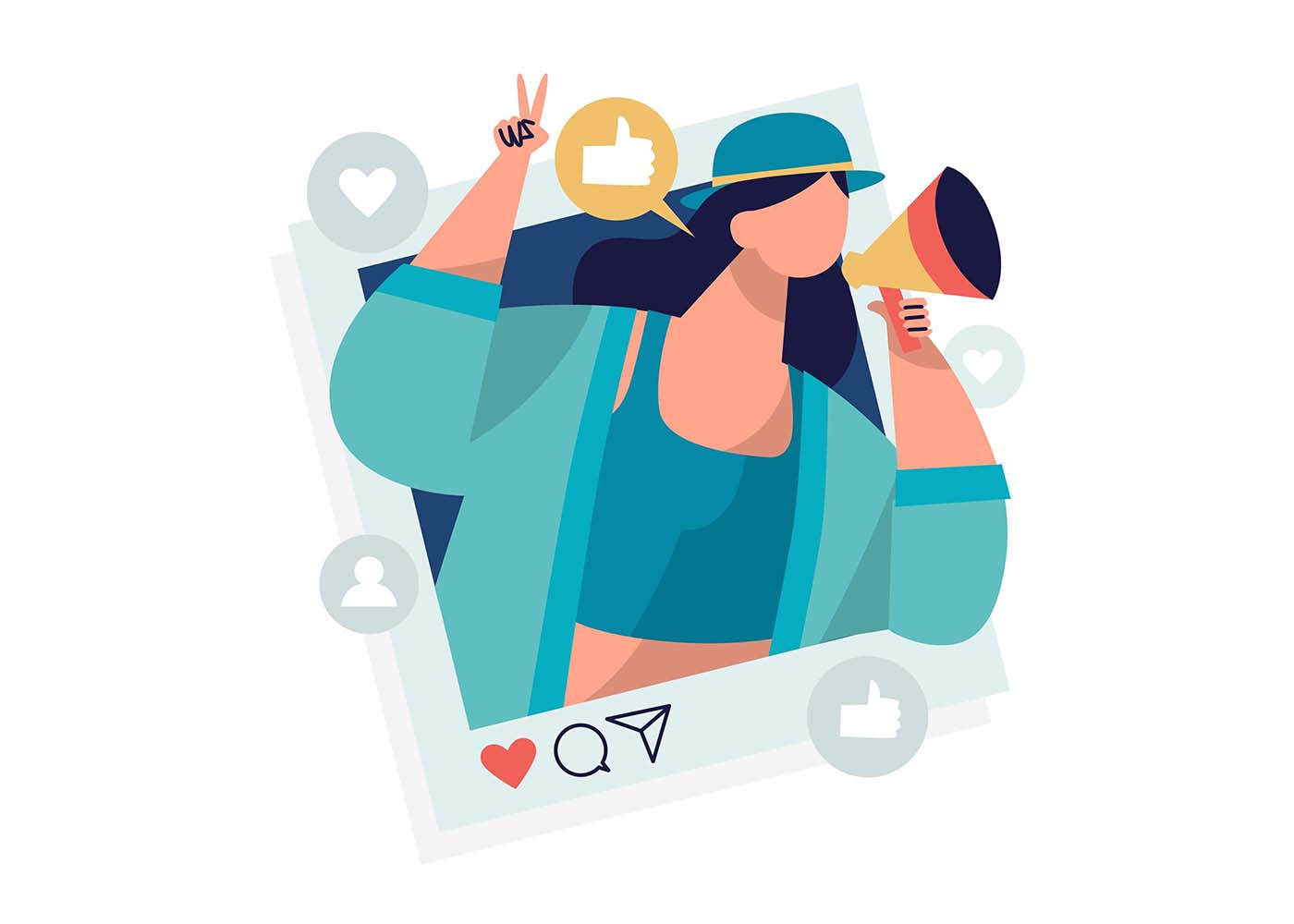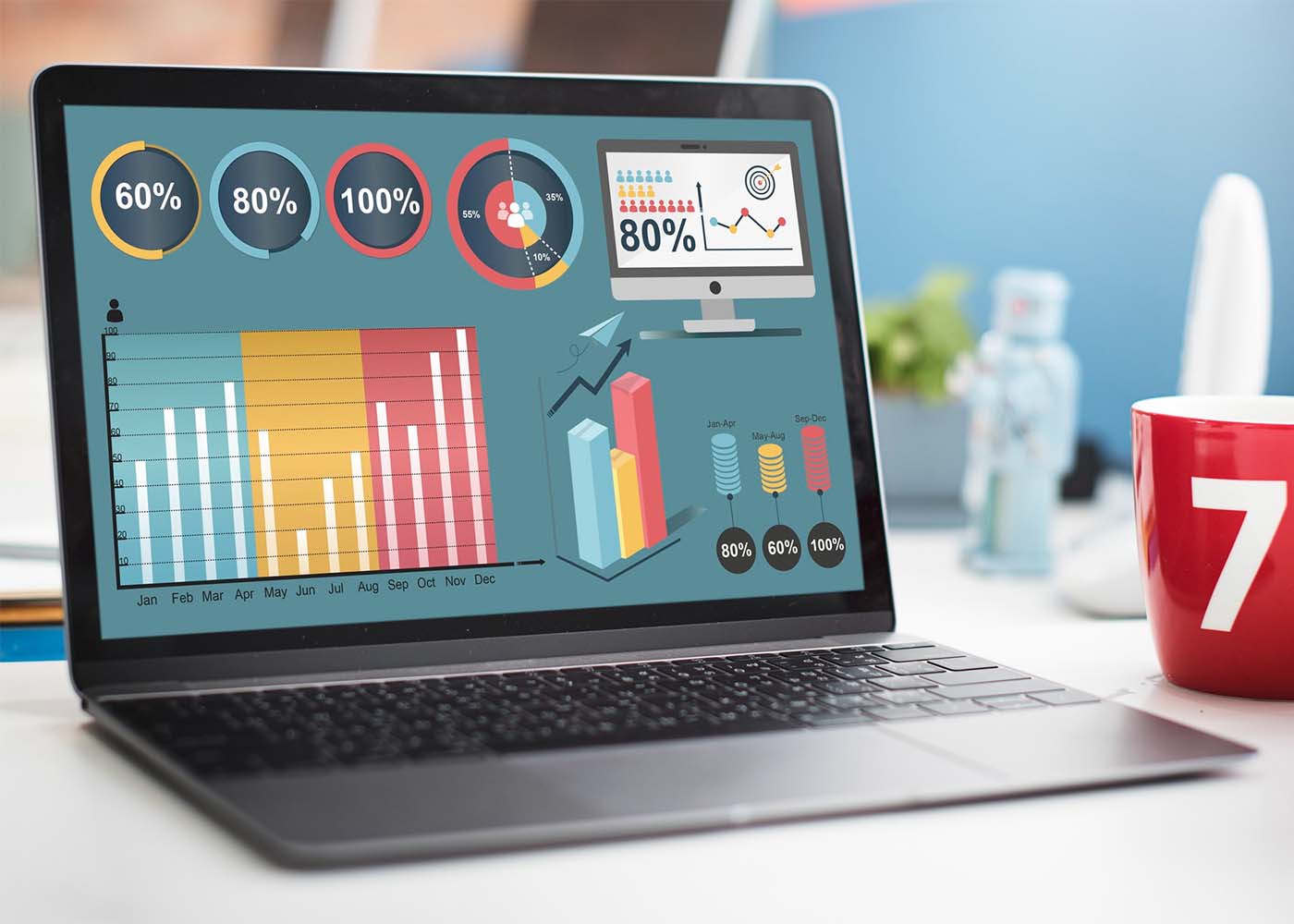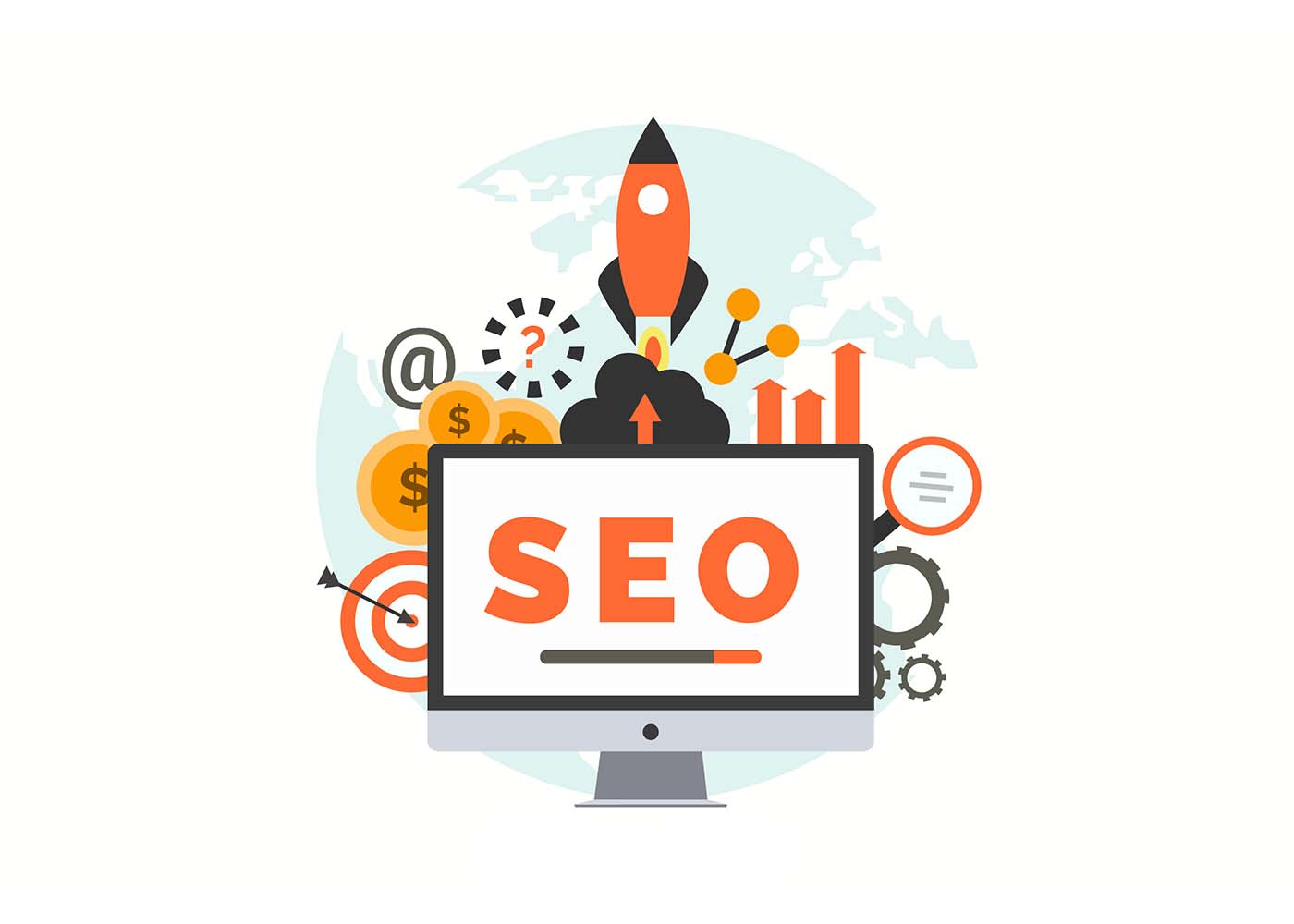Brand Authenticity in the Age of Influencers
In this digital age, it can be difficult to make a meaningful connection between your brand and potential customers. Social media is often viewed as cluttered by content creators trying to get their message out there or influencers promoting products that don’t resonate with what they stand for. But there is still hope – brands increasingly turning toward authentic influencer partnerships that prioritize an honest relationship over one-off campaigns are finding success in building genuine connections with their target audiences. By leveraging those long-term relationships, these savvy marketers allow their audience to form deep bonds of trust with the brand and its values. In this blog post, we’ll explore how leveraging real stories from relatable people combined with persuasive storytelling techniques can create strong loyalty with current customers while also attracting new ones. Keep reading to learn how you can use influencer marketing strategies to build true authenticity for your brand!
What is Brand Authenticity and How Can Influencers Help Build It
Brand authenticity refers to the honesty and transparency a company presents to its audience. It is about being genuine and true to oneself, which in turn builds trust with consumers. In today’s social media-driven world, influencers can play a significant role in building brand authenticity. Influencers have the unique ability to humanize a brand and make it relatable to their followers. When an influencer partners with a brand that they genuinely believe in, they become a powerful extension of the brand’s message. By sharing their own experiences with the brand, they can help to build an authentic connection between the brand and its audience. When done correctly, influencer marketing can aid in building a loyal following and help to create a strong connection with customers that goes beyond a simple transaction.
How Brand Authenticity Builds Credibility
Brand authenticity is the foundation that builds credibility among consumers. When brands are authentic, they create a strong, meaningful relationship with their customers. A genuine brand voice that speaks clearly and consistently is what sets a successful brand apart from its competitors. It is crucial for brands to have a genuine message and stay true to it, as it creates a bond of trust with the consumer. Authenticity is all about being transparent and honest, which ultimately leads to loyal customers. Brands that are genuine and have a truly authentic message will not only attract customers but will also create lasting connections with them. The power of authenticity lies in the fact that it is a universal language that every person can identify with. By being true to themselves, brands can build credibility, and connect with their customers on a deep level.
Advantages of Working with Influencers to Promote Your Business
Working with influencers can provide significant advantages that traditional advertising may not be able to achieve. Firstly, influencers already have a loyal following who trust and listen to their opinions. By partnering with an influencer who aligns with your brand, you can tap into their audience and reach potential customers that may not have heard of your business. Additionally, by working with an influencer, you can create organic content that resonates with your audience, rather than relying on paid ads that are often ignored by consumers. This can lead to higher engagement rates and ultimately, increased sales for your business. Another benefit of influencer marketing is that it is highly measurable, allowing you to track the success of each campaign and adjust accordingly. By leveraging the power of social media and influencers, businesses can effectively build brand awareness and reach a wider audience.
Steps for Choosing the Right Influencer for Your Brand
Finding the ideal influencer to represent your brand could be one of the most important steps to boost your company’s growth. It’s essential to identify which influencer aligns with your brand’s ethics, voice, and mission to ensure a successful partnership.
- First, you should focus on the influencer’s audience and demographics; you want someone who has followers that match your target market.
- Secondly, evaluate their content carefully and determine if their brand aesthetic aligns with yours.
- Finally, ensure that they have a strong engagement rate with their audience to ensure their audience is genuinely interested in their endorsements.
By following these steps, you can have confidence that your brand will reach the right audience and create a meaningful connection with your audience.
Other Strategies to Foster Authentic Relationships with Your Audience
In today’s digital age where audiences are constantly bombarded with advertisements, it’s becoming increasingly important for businesses to foster authentic relationships with their customers. Authentic relationships can help drive brand loyalty and distinguish your business from competitors. So, what are some strategies to achieve this? One approach is to focus on building connections with customers by using personalized communication and delivering valuable content that speaks to their needs. Another is to engage with customers on a deeper level by actively listening to their feedback and incorporating their suggestions into your digital marketing strategy. By investing in authentic relationships with your audience, your business can create a lasting impact that will help drive success for years to come.
Dealing with Negative Comments or Opinions on Your Posts
As influencer marketing gains more popularity, brands are starting to realize the importance of authenticity. However, incorporating authenticity into your brand can come with a price. Negative comments and opinions are inevitable, but it’s important to have a plan in place to handle them.
- One strategy is to respond authentically and with empathy, addressing the underlying issue and showing that you value all feedback.
- Another approach is to use negative comments as an opportunity for growth and improvement, showing your audience that you’re committed to creating a better product or user experience.
By taking responsibility for negative comments and addressing them in a genuine and thoughtful way, you can build a stronger, more authentic brand that resonates with your audience.
Tips for Tracking and Measuring the Success of Your Influencer Campaigns
Influencer campaigns have become an increasingly effective tool for businesses to reach their target audience. With so many influencers and platforms to choose from, tracking and measuring the success of these campaigns can be a daunting task. However, with the right tips and tools, you can optimize your influencer campaigns to achieve your desired outcomes.
- To start, it’s important to establish measurable goals like engagement rates or conversion rates.
- Next, track your influencer’s performance through metrics like audience demographics and reach.
- Finally, evaluate the overall success of your influencer campaign by considering feedback from both your audience and your influencer.
By following these tips, you can ensure that your influencer campaigns are effective and positively impact your business.
Examples of Successful Brands that have Leveraged Influencer Marketing for Genuine Connections
Successful brands have been leveraging influencer marketing to reach a wider audience and build brand loyalty. Take, for instance, the athletic brand, Nike. The company has been working with athletes as influencers to create genuine connections with their audience. Using video content and storytelling, Nike has been able to communicate its brand message and build a loyal following. Another example is the cosmetics industry, where Sephora has used influencer marketing to drive sales and build a community around its brand. By partnering with beauty influencers, Sephora has been able to showcase its products and connect with its target audience in a meaningful way. These are just a few examples that demonstrate the power of influencer marketing in creating successful brands.

Conclusion
Brand authenticity is an important part of cultivating relationships with your target audience. Influencers can be a great asset in helping to promote your brand message, build credibility and trust with customers, and make genuine connections with potential followers. While authentic influencer posts may not guarantee overnight success for your brand, they can create a long-term impact when done correctly. By carefully selecting the right influencer for your business, fostering meaningful relationships between them and your followers, and staying actively engaged, you’ll be well on your way to creating real and meaningful customer relationships that will last a lifetime. Use these tips and strategies to create a successful influencer campaign that reflects the true value of your brand authentically! 












